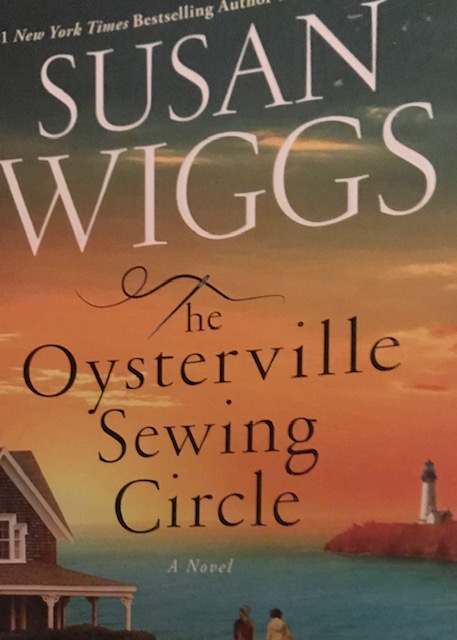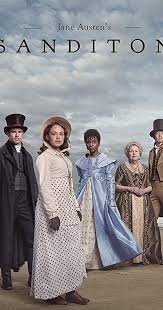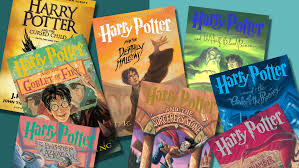The other morning I was cutting up a pineapple for my breakfast smoothie. Granted, using the canned variety is quicker, but I find something satisfying in taking one of these hefty chunks of weird-looking fruit and sawing it into edible bits.

Being a writer, I wasn’t thinking about my list of to-do tasks for the day. Instead, I was thinking about my step-by-step process of taking off the top and bottom, then cutting the … um, whatdoyoucallit outer layer–the peeling, the scales, the skin, the armor plating?–bit by bit, taking care not to slice the plate-armor too thin because then it takes for-ev-er to pare out those prickles or eyes or thorns or whatsits. (Maybe I should have researched the various parts of a pineapple before writing this post.) I learned long ago by experience that you can’t and shouldn’t try to save too much of that luscious, delightful yellow fruit because it only makes the job difficult and frustrating. However you approach it–whether with all the super-nifty gadgets sold by Amazon or with a serrated kitchen knife and a bit of courage–it boils down to two primary tasks: hacking off the plate-armor and then removing the core.
It’s a juicy, aromatic, sticky procedure. I just need big pieces to throw into my smoothie-maker, so they don’t have to be pretty. And I just need to focus on not letting any precious fruit skate off the cutting board onto the floor because the juice gets slippery.
Now what does pineapple carving have to do with writing? I was focused on my procedure–which is mainly to cut off the plate-armor instead of my finger and to drip as little juice as possible onto the floor–and from there my thoughts drifted to rules and how creative people usually loathe, despise, and abominate rules. Why? Because they hinder us and hamper us and handle us, and we want to do things our way.
In the past few lingering days of June, I’ve watched designer Rachel Ashwell–yes, the Shabby Chic creator–posting a series of visual tours of various homes of British designers and artists. While I’m not an aficionado of the Shabby Chic style or an Ashwell fan, I am finding these small Instagram tours of the shops and homes of highly creative people to be fascinating, and I appreciate her efforts to provide this diversion during lockdown.
These are not the highly stylized, commercialized, glossy designers featured on HGTV. These are makers of miniatures, wallpaper designers, milliners, leather artists, photographers, people who wrap their stairway railings in hand-stitched leather or pile children’s ballet slippers in unused fireplaces or hang scraps of exquisite, antique handmade lace from the ceiling in ethereal draperies to veil the room. They are NOT following design-school rules. Their sofa pillows are not karate chopped. The art on the walls is not color-coordinated to match the rug. Their kitchens are not regimented into efficient work triangles. They don’t have sectionals arranged around ginormous flat-screen TVs.
But the colors they use harmonize. The petals of peonies plunked in old jars drop delicately on table surfaces in natural just so patterns. There’s something magical and mysterious about veiling rooms in lengths of sheer voile and lace with low amber lighting beneath old paper parasols used as shades and mirrors so old and worn they barely reflect images, just shadows and flickers.
These are all images created by people that don’t worry about rules. Instead, they consciously or instinctively follow principles of design to make their rooms or creations work.



The difference is key to taking yourself from basic wordsmithing to the next level, where writing stories that soar and come alive is more than possible.
A rule is something arbitrary. It’s there for a reason. It works. It has boundaries. It is not flexible.
Principles–whether in art, interior design, or writing stories–show us the why and how of the craft we’re using. Principles are about how something works and why it works. Rules tell us to do something a certain way because that’s the way it should be done.
A rule says, Don’t write in first-person present tense. Fiction is always written in past tense and has been for at least the last two centuries.
A principle says, Present tense–especially when combined with first-person viewpoint–creates the illusion of speed and intimacy that appeals to twenty-first-century young readers.
A rule says, Never change viewpoint within a scene.
A principle says, Scenes are more dramatically effective when written from a single perspective.
A rule says, Create high-intensity action in a thriller climax by setting a hook then breaking to a new chapter and different viewpoint.
A principle says, When intense story action is needed, cross-cutting two different viewpoints through the usage of scene fragments will add to the urgency and sense of danger.
When we understand our craft thoroughly so that we grasp the underlying principles that yield well-told stories, then we can begin to break the rules.
Not for the sake of being rebellious and wild and unfettered and ridiculous. Breaking the rules of writing and storytelling isn’t about dumping anything and everything into the story, ignoring punctuation, dodging craft, and jumbling events into a chaotic mess. Breaking the rules of writing is about balancing on the support beam of guiding principles and bringing your characters and plot to life.
To know and understand writing principles is to know and understand the art of writing. When we master our craft, we begin truly to create.






